With FX’s The Beauty on the horizon, Ryan Murphy is firing on all cylinders, launching six series in less than a month. No one can accuse Ryan Murphy of being sedentary.
However, rapid releases and controversy seem to go hand in hand with him, and “Beauty” is no exception.
Currently, much of the controversy is centered around Monsters: The Lyle and Eric Menendez Story.
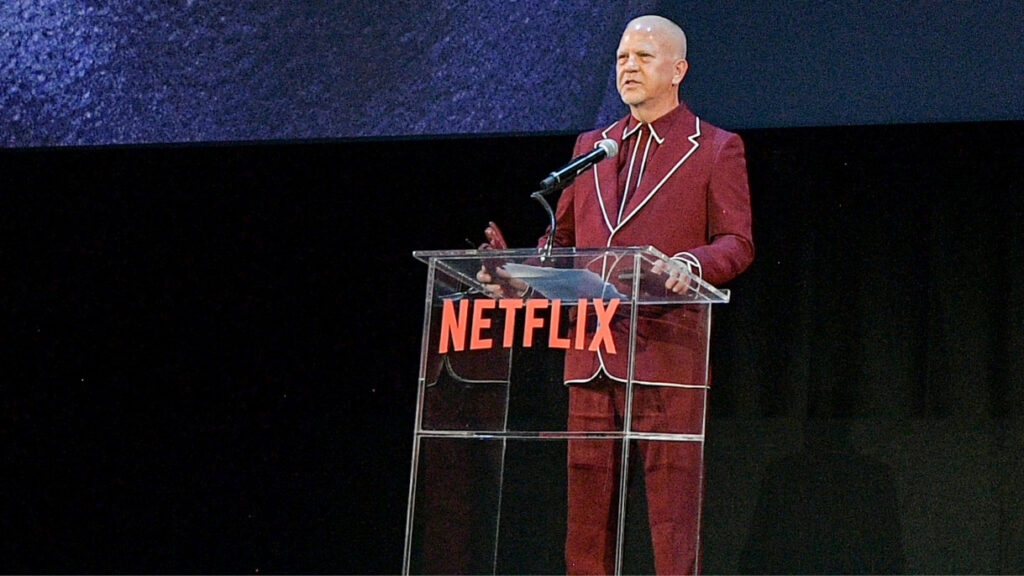
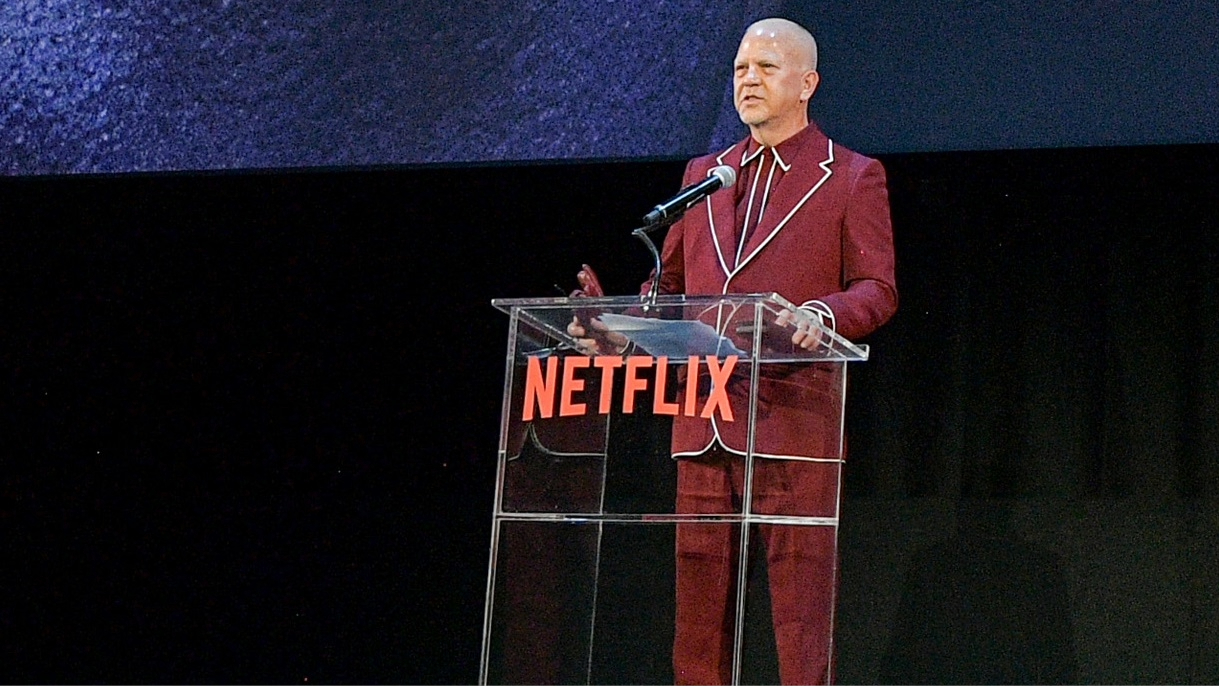
But “Beautiful” is bound to bring its own set of controversial moments in the near future. Why? Because that’s the current state of Ryan Murphy’s program. This is actually expected.
Murphy has been accused of everything from racism to some kind of horrific obsession with turning LGBTQ characters into monsters.
Murphy’s plan is full of iconic figures. What he does with his characters often elicits negative reactions.
Since “Beautiful” focuses on sexually transmitted diseases that result in delicate and beautiful arrangements before killing their victims, well, you can imagine where this road will take us.
Whether it’s the gross pornography and over-the-top gratuitous violence, or the culture’s more pervasive and antagonistic obsessions, Ryan Murphy’s work certainly gets people talking.
So…what’s the deal with the Menendez brothers?
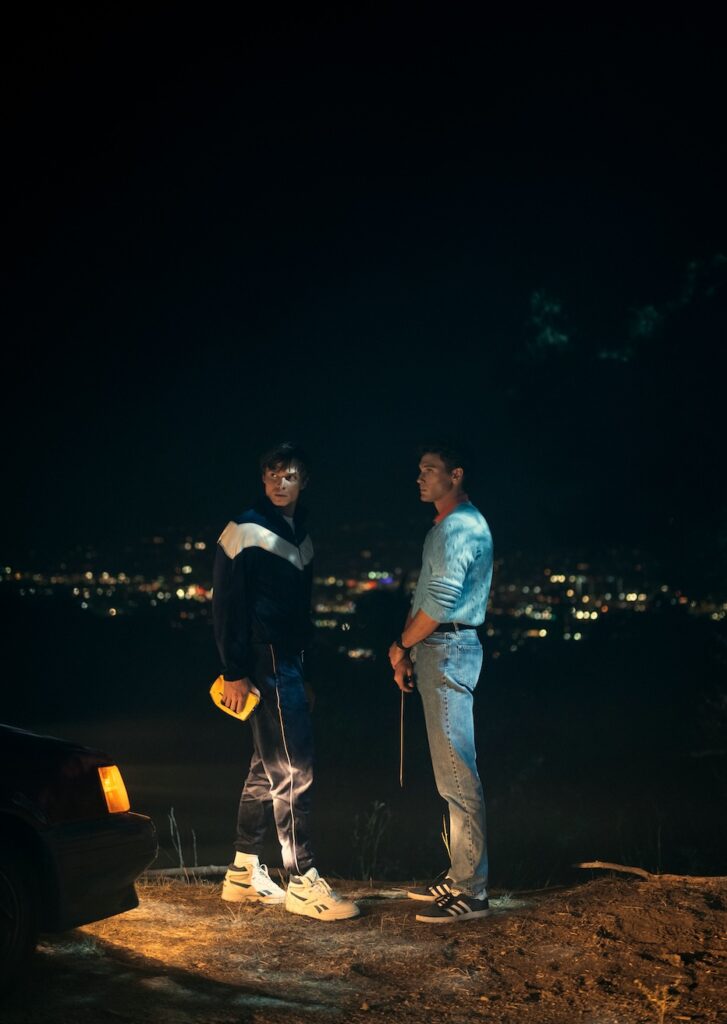
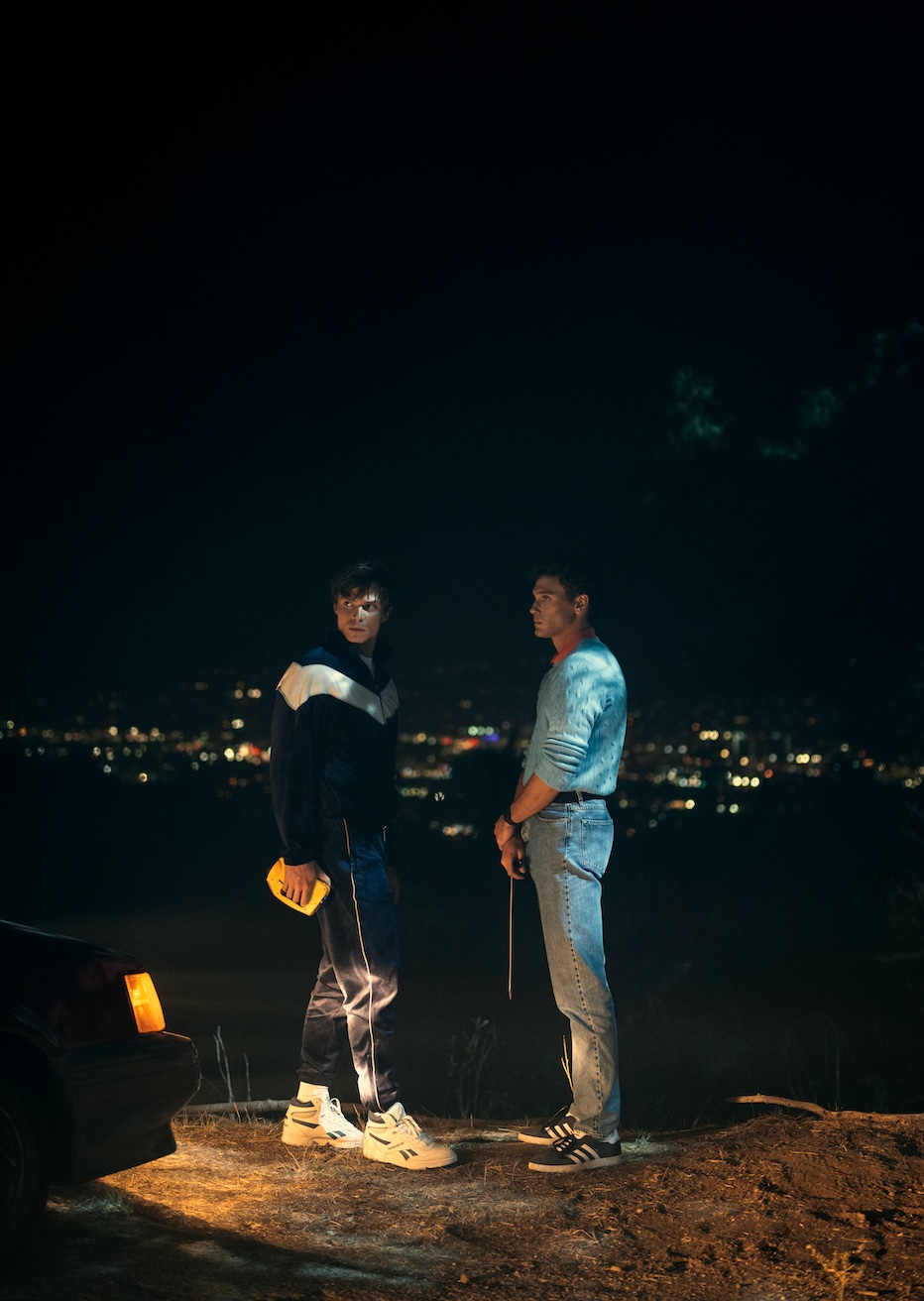
Despite the hype surrounding Beauty’s intriguing premise, the biggest controversy right now is the subject of Ryan Murphy’s documentary and work—namely, between the Menendez brothers.
If you follow Ryan Murphy, you probably know most of the relevant details, even if your understanding is rather limited. However, for those who don’t, there’s a lot to unpack without giving my fingers premature carpal tunnel.
If there’s one major criticism that can be applied to Ryan Murphy, it’s that it’s gratuitous. He didn’t hesitate, even though it was the smart thing to do.
In the case of Lyle and Eric Menendez’s documentary, it’s likely that Murphy not only failed to hold back, but also embellished it.
For those living under a rock, the Menendez brothers were convicted of murdering their parents in the mid-90s. Much of the controversy centered around Murphy’s depiction of the sexually incestuous relationship between the two brothers.
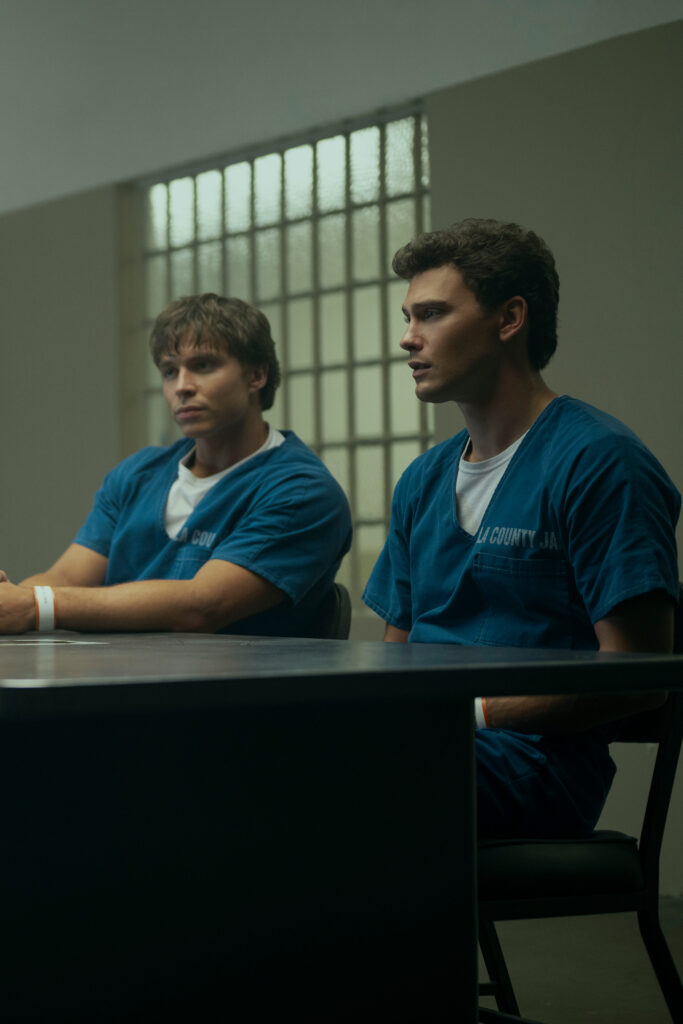
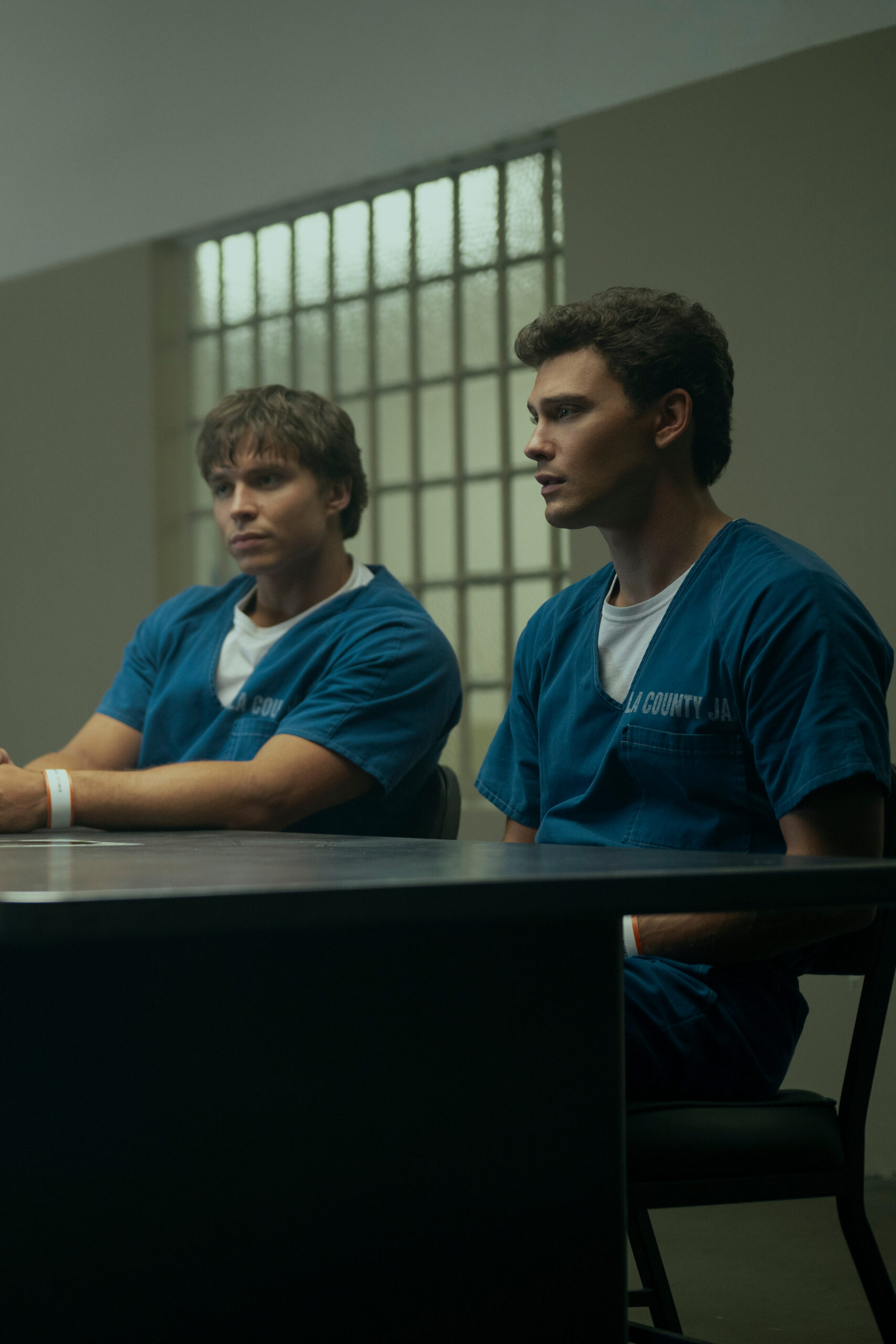
Of course, both men vehemently denied that anything like this had ever happened.
Even more disturbing is the fact that Murphy never spoke to the brothers throughout the making of the film. This is what you’d expect a documentary filmmaker to do.
After all, there are two sides to every coin, and even if the brothers lack any credibility, you still have to give their voices some air time. If nothing else, it avoids feelings of bias.
The same goes for Murphy’s other documentary “Monster: The Jeffrey Dahmer Story.” Once again, Murphy does nothing but embellish and create overly dramatic scenes that don’t quite fit the reality of the situation.
Murphy called it “artistic license,” while others called it “borrowing a real-life tragedy in the name of personal gain.”
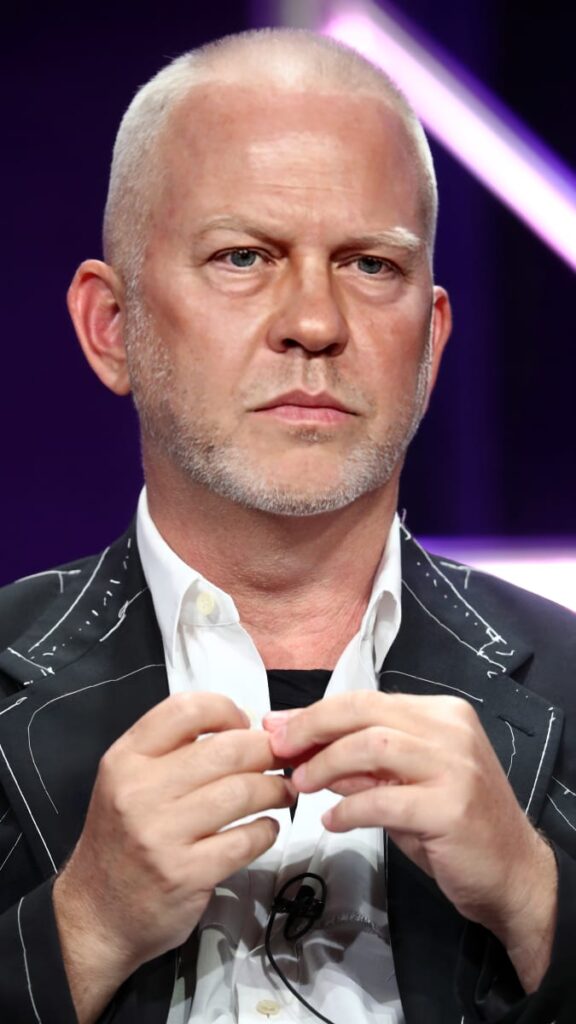
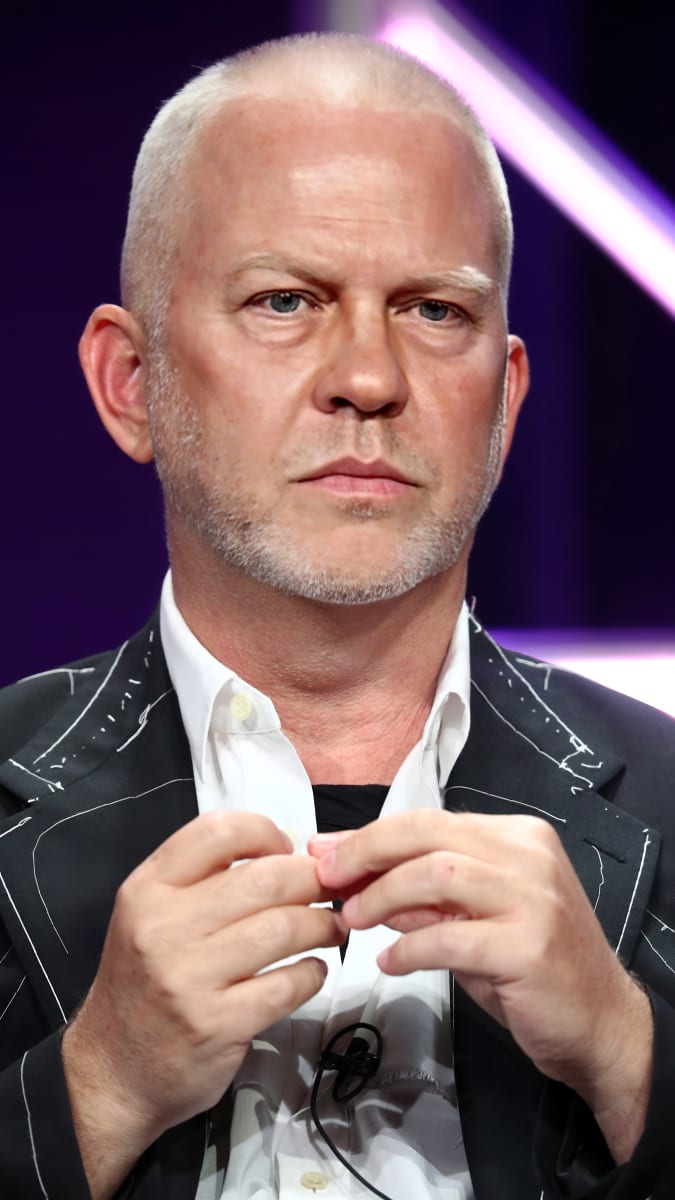
Ideal STD?
Anyone who has spent their life creating something of value knows the mental blocks that occasionally come out of nowhere.
The current Ryan Murphy is best described as a man wading in the pool of aging.
From this indifference we get the usual stuff: excessive violence, silent scenes that drag on forever, sluggishness and sex throughout the story. The concept behind “beauty” should come as no surprise.
With that said, are we getting an extension of the first few weirdos, or something more substantial and interesting?
Clearly, a sexually transmitted disease that happens to make the recipient beautiful is the shock value that draws viewers to tune in.
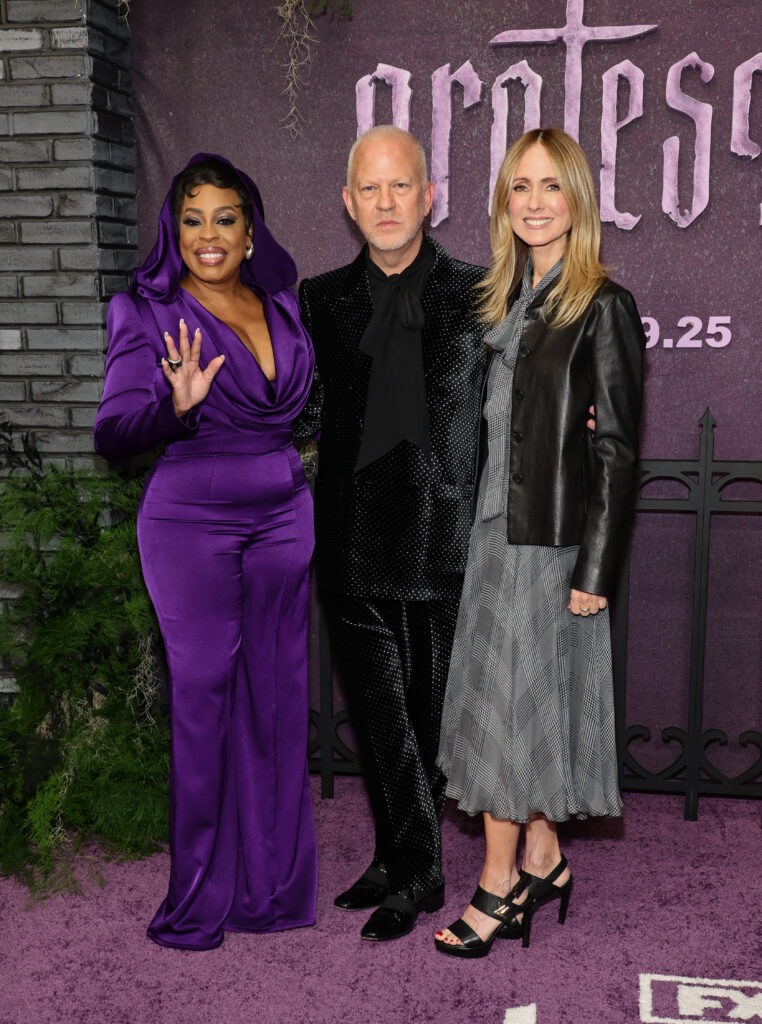

But is there anything beyond typical Murphy or more heavier, bloated scenes of sexual depravity and/or gore?
If that’s what viewers want, a few minutes of “Shudder” streaming will suffice. That’s not to say Murphy wasn’t creative (his career was pretty storied).
Everything has its turning point, and this landscape is typical of Ryan Murphy’s experience. The whole idea, of course, is to create an analogy to the social need for physical perfection.
But we’ve been through this song and dance before, especially if one spends more than five minutes a day on social media.
Murphy also liked to bury bodies in camel hair trimmed with gold. The appeal is there, but the content never quite delivers.
It’s like waiting for an exciting Prime package, only to find that the Amazon driver’s delivery is two blocks away.
dystopian doldrums
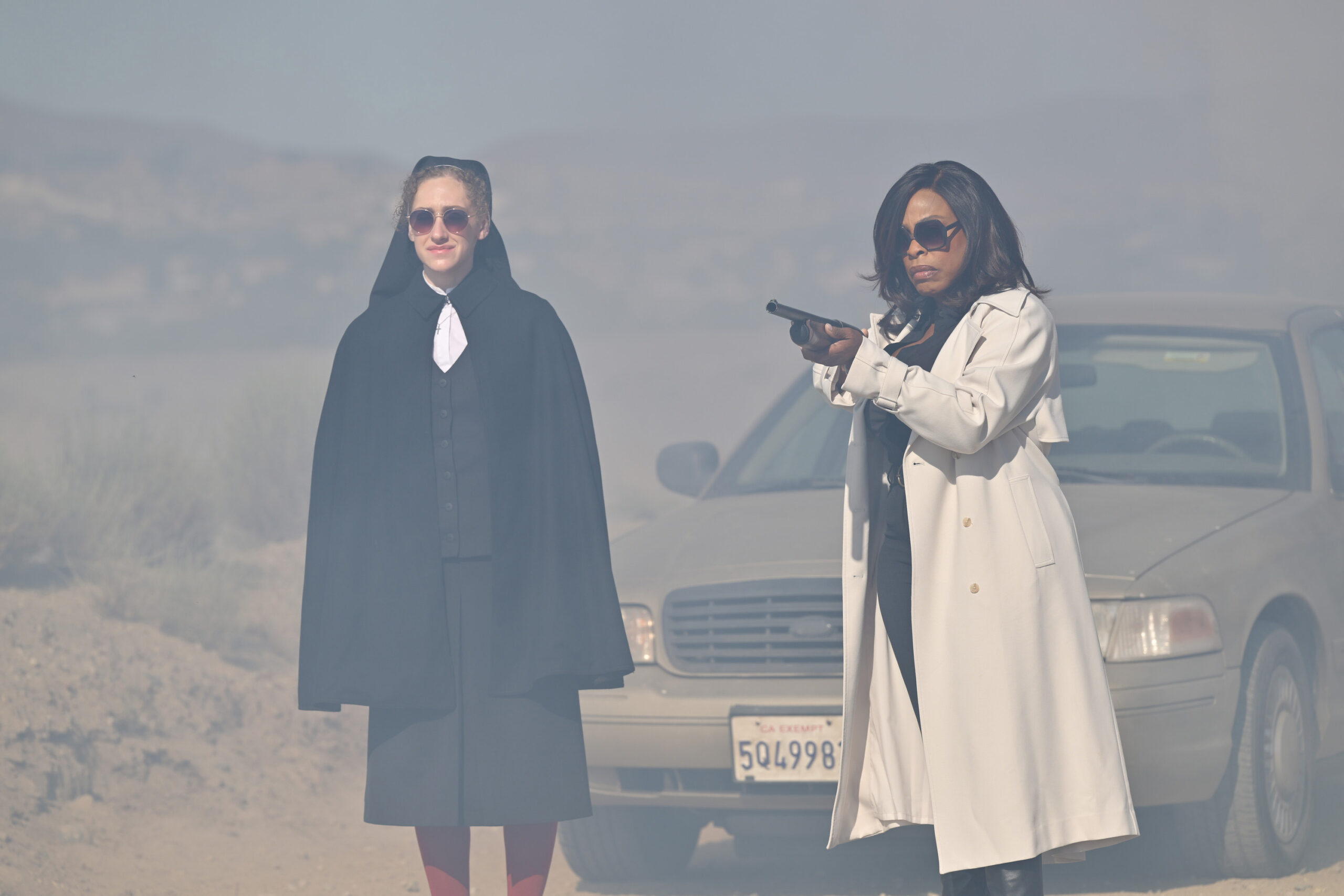

I wrote an article about the overuse of dystopian settings in recent years, just to illustrate the idea that, well, there are no more ideas left in this genre.
Unfortunately, the dystopian virus has taken a firm grip on the entertainment industry.
Time and again, funeral shows bring us bleak landscapes or barren souls trudging through grim political times or some post-civilizational imagination.
Afterlife is a great show in many ways, but you can only play the same show so many times before the infatuation wears off.
“Beauty” is irreverent in its details, but its outline shows a more pragmatic society similar to our own.
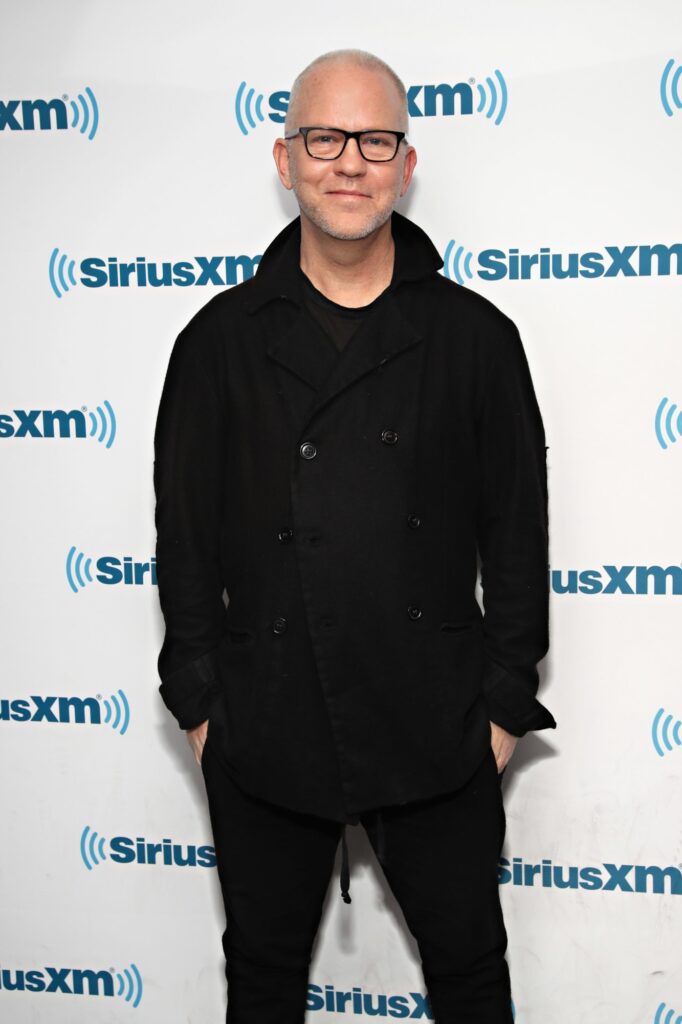
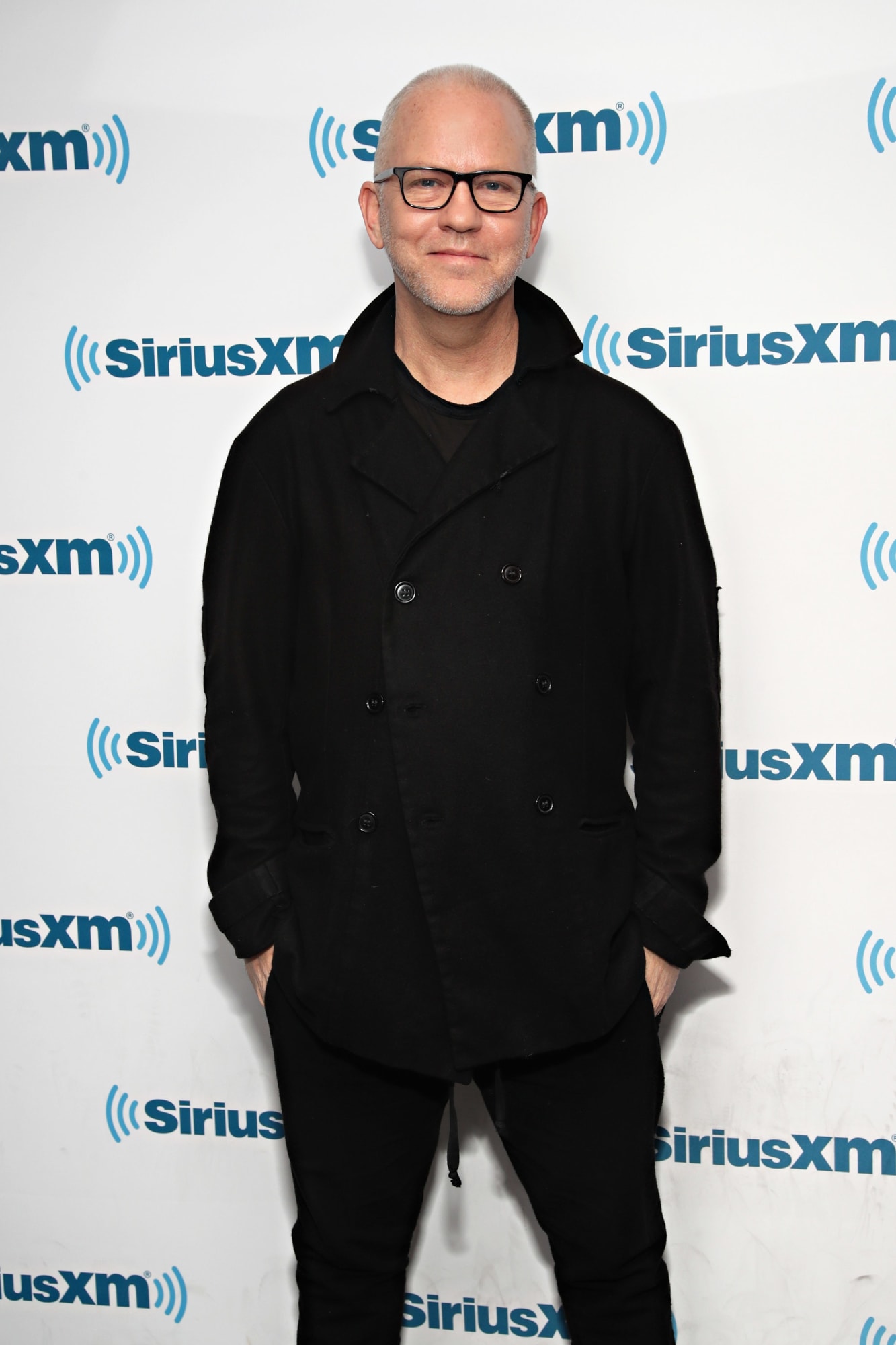
It would certainly help, although it’s hard to imagine the “function” in a civilization that emphasizes STDs in exchange for beauty.
Or, maybe I’m being cynical, and Beauty will be a more refreshing and innovative series. However, Ryan Murphy is churning out documentaries, series, and new series at a frantic pace.
Even the most creative among us reach a point where excess breeds self-indulgence and mediocrity, not to mention the fact that The Beauty faces plenty of competition, all in the name of its entrenched popularity carried out on.
One thing Murphy favors is casting, which is something he really excels from, both from an audience and critics’ perspective.
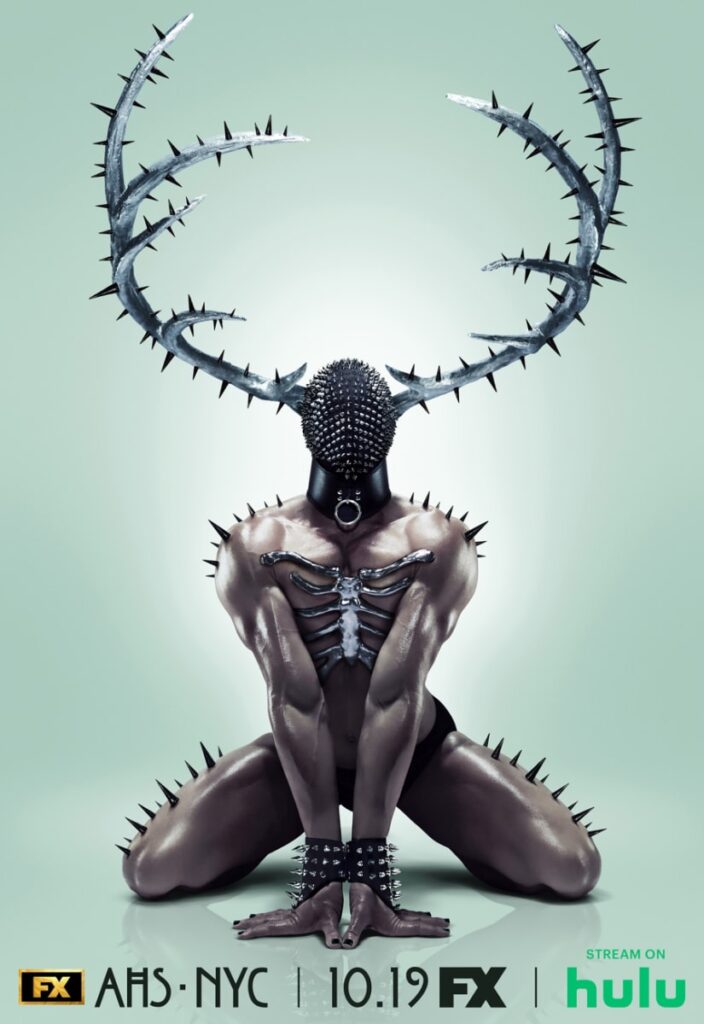
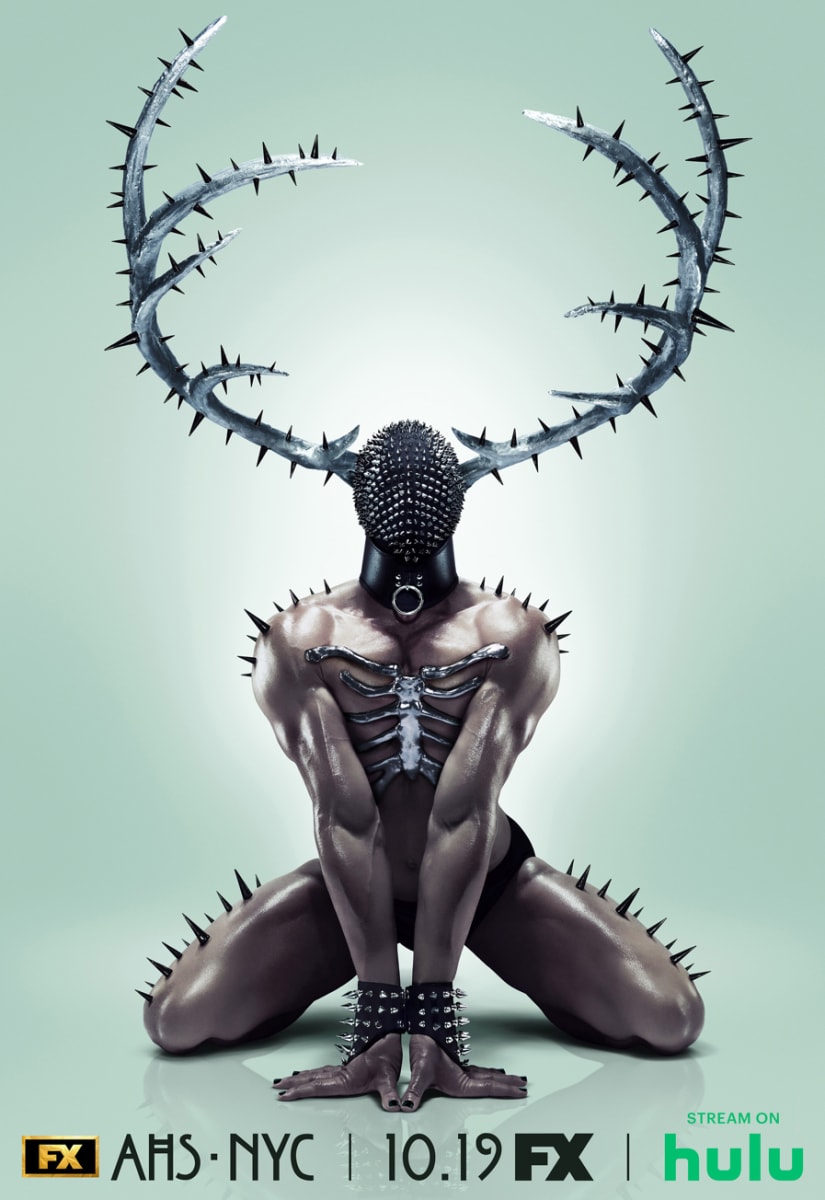
So far, The Beauty has Evan Peters (a mainstay on Murphy’s various projects), Ashton Kutcher, Anthony Ramos, and Jeremy Pope.
Hopefully Beauty will bring some much-needed creative space to the genre without rehashing its more tiring aspects.
If things continue apace, however, there’s a climax of pyrotechnics at the beginning, followed by a moody, semi-atmospheric silence.

